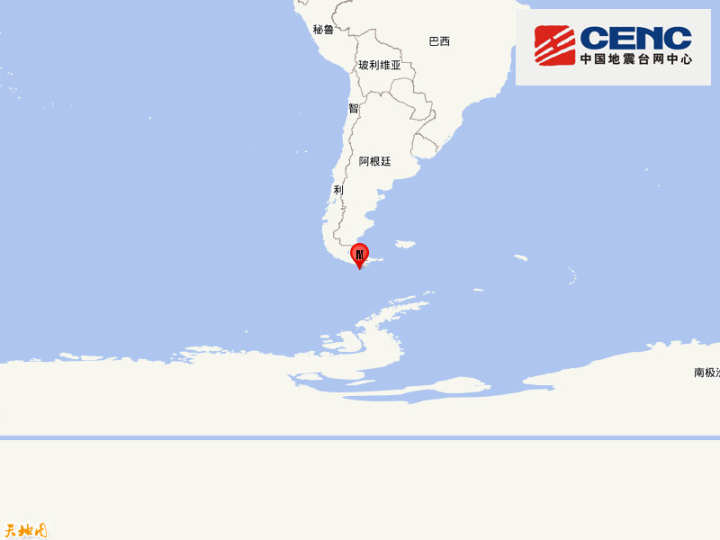
Contact Information
Phone:86 010-51284966
Phone:86 18518110097
E-mail:bjsbl_sale@163.com
Address: Room 403, Building B, Xinhua International Center, Huaxiang, Fengtai District, Beijing
The Office of the National Disaster Reduction Committee and the Ministry of Emergency Management released the top ten natural disasters in China in 2024
2025-02-14
The National Disaster Reduction Committee Office and the Ministry of Emergency Management released the top ten natural disasters in China in 2024
CCTV News In 2024, China faced a complex and severe natural disaster situation. Early in the year, low temperatures, snow, and ice affected most of central and eastern China. After the start of the flood season, many areas in both the north and south experienced persistent heavy rainfall, with extreme localized events. Autumn typhoons severely impacted the south and east China regions, causing significant losses in some areas. Considering factors such as casualties, direct economic losses, and the overall impact, relevant member units of the National Disaster Reduction Committee have identified the top ten natural disasters in China in 2024 (in order of occurrence):
I. 1 January January 22nd, Zhenxiong County, Yunnan Landslide Disaster
On January 22, a landslide occurred in Liangshui Village, Fangtang Town, Zhenxiong County, Zhaotong City, Yunnan Province, affecting over 1,300 people, resulting in 44 deaths, over 300 collapsed houses, and direct economic losses of 150 million yuan.
II. February Low Temperature, Snow, and Ice Disaster in Central and Eastern China
In February, two large-scale low-temperature, snow, and ice weather events affected most of central and eastern China. The scope and intensity were the strongest since 2009, coinciding with the Spring Festival travel rush, severely impacting road maintenance, power supply, and people's lives. This affected 6.307 million people across 10 provinces (Hubei, Hunan, Anhui, Jiangxi, etc.), resulting in 12 deaths, 467,000 people requiring emergency relief; over 300 houses collapsed, 27,000 houses damaged; 734,600 hectares of crops affected; and direct economic losses of 22.38 billion yuan.
III. 4 Mid-to-late April to Early May, Severe Rainstorms, Floods, and Geological Disasters in Guangdong
From mid-to-late April to early May, due to the combined influence of southward cold air and warm and humid air currents, Guangdong experienced persistent heavy rainfall and strong convective weather. Shaoguan, Zhaoqing, Meizhou, and other areas experienced severe rainstorms, floods, and geological disasters, affecting 681,000 people, resulting in 74 deaths and missing persons, 100,000 people urgently relocated; over 500 houses collapsed, over 3,300 houses damaged; 69,900 hectares of crops affected; and direct economic losses of 5.54 billion yuan.
IV. Mid-June, Rainstorms, Floods, and Geological Disasters in South China
In mid-June, Fujian, Guangdong, and Guangxi in South China were hit by widespread heavy rainfall, triggering severe floods and geological disasters. This affected 2.8 million people across three provinces (regions), resulting in 91 deaths and missing persons, 268,000 people urgently relocated; 18,000 houses collapsed, 20,000 houses damaged; 119,000 hectares of crops affected; and direct economic losses of 32.13 billion yuan.
V. 6 Mid-to-late April to Early July, Severe Rainstorms, Floods, and Geological Disasters in Hunan
From mid-to-late June to early July, Hunan experienced persistent heavy rainfall, causing rapid rises in river and lake water levels. A breach occurred in the Tuanzhou embankment of Dongting Lake, with severe urban flooding and frequent landslides, mudslides, and other disasters. This affected 3.88 million people in Yueyang, Huaihua, Changde, and other areas, resulting in 20 deaths and missing persons, 458,000 people urgently relocated, 163,000 people requiring emergency relief; 1,500 houses collapsed, 12,000 houses damaged; 568,800 hectares of crops affected; and direct economic losses of 22.99 billion yuan.
VI. Mid-to-late July, Severe Rainstorms and Floods in Shaanxi
In mid-to-late July, Shaanxi experienced persistent heavy rainfall, with significantly higher rainfall than usual in the Guanzhong and southern Shaanxi regions, triggering severe rainstorms and floods. This affected 567,000 people in Shangluo, Baoji, and other areas, resulting in 95 deaths and missing persons, 141,000 people urgently relocated; over 3,300 houses collapsed, 25,000 houses damaged; 21,500 hectares of crops affected; and direct economic losses of 16.41 billion yuan.
VII. 7 January July 20, Hanyuan County, Sichuan Flash Flood and Debris Flow Disaster
On July 20, a sudden flash flood and debris flow disaster occurred in Hanyuan County, Ya'an City, Sichuan Province, affecting 62,000 people, resulting in 41 deaths and missing persons; over 400 houses collapsed, 1,600 houses damaged; and direct economic losses of 1 billion yuan.
VIII. Late July, Severe Rainstorms, Floods, and Geological Disasters in Hunan
In late July, the remnants of Typhoon "Gemi" moved inland, bringing extreme heavy rainfall to Hunan and other areas, triggering severe floods and geological disasters. This affected 1.499 million people in Chenzhou, Hengyang, Xiangtan, and other areas, resulting in 94 deaths and missing persons, 117,000 people urgently relocated; 13,000 houses collapsed, 19,000 houses damaged; 228,900 hectares of crops affected; and direct economic losses of 24.13 billion yuan.
IX. Late August, Severe Rainstorms and Floods in Liaoning
In late August, due to the combined influence of the Northeast cold vortex, the subtropical high-pressure belt, and Typhoon "Yunque," western, central-northern, and southeastern Liaoning experienced persistent heavy rainfall, with local rainfall exceeding historical records, triggering severe rainstorms and floods. This affected 924,000 people in Huludao, Dalian, and other areas, resulting in 27 deaths and missing persons, 62,000 people urgently relocated; over 1,300 houses collapsed, 51,000 houses damaged; 163,500 hectares of crops affected; and direct economic losses of 15.47 billion yuan.
X. Typhoon "Capricorn" (No. 2411) Disaster
In early September, the super typhoon "Mojie" made landfall successively in Wenchang, Hainan and Xuwen, Guangdong, with maximum winds exceeding 17, making it the strongest typhoon to land in China in autumn in recorded history and the strongest typhoon to land in China in the past 10 years. It caused extremely severe damage, affecting 7.415 million people in four provinces (regions): Hainan, Guangdong, Guangxi, and Yunnan. Four people died, and 510,000 people were urgently relocated; over 2,900 houses collapsed, and 19,000 houses were damaged; 522,300 hectares of crops were affected; and direct economic losses amounted to 72.03 billion yuan.

Note: This news comes from the CCTV website. Please contact us for removal if there is any infringement.









